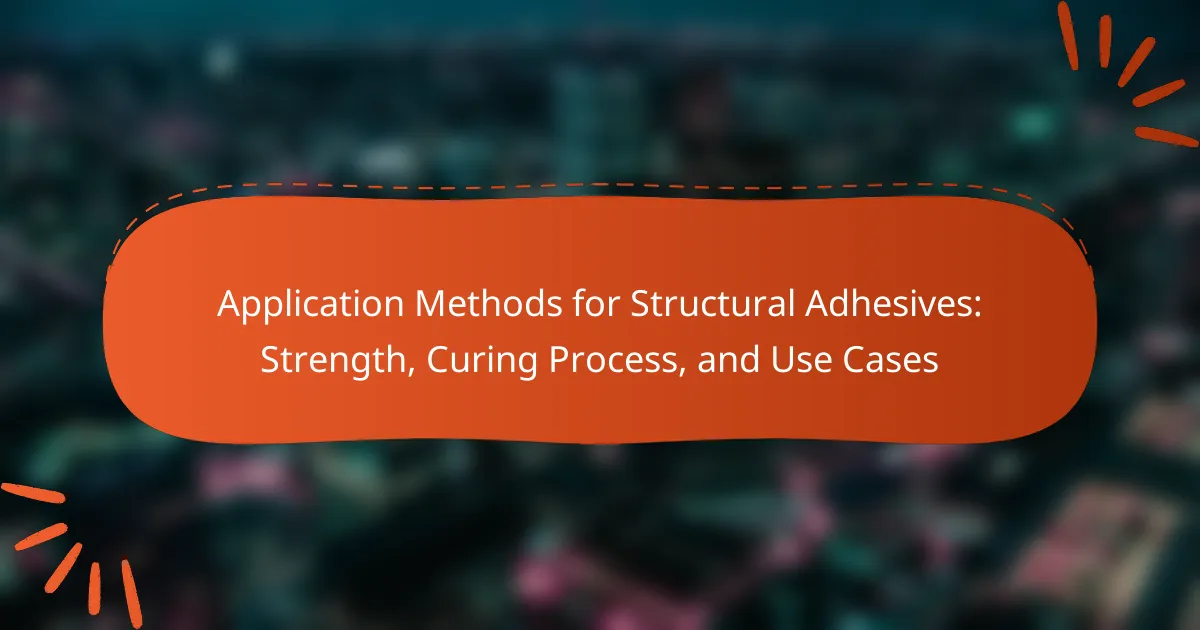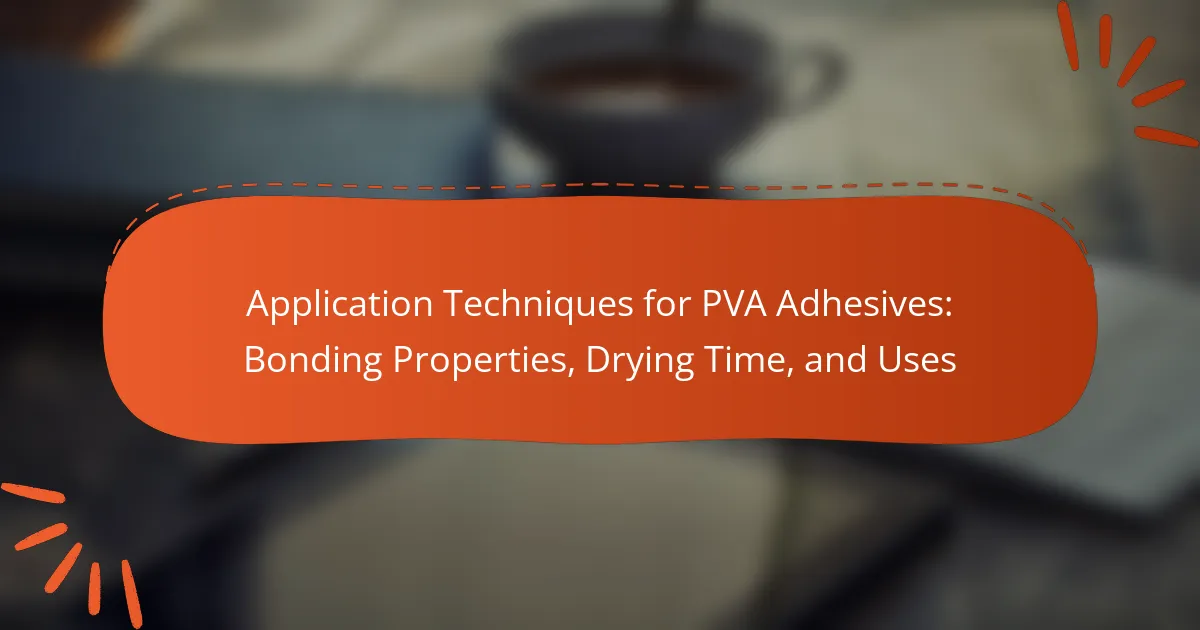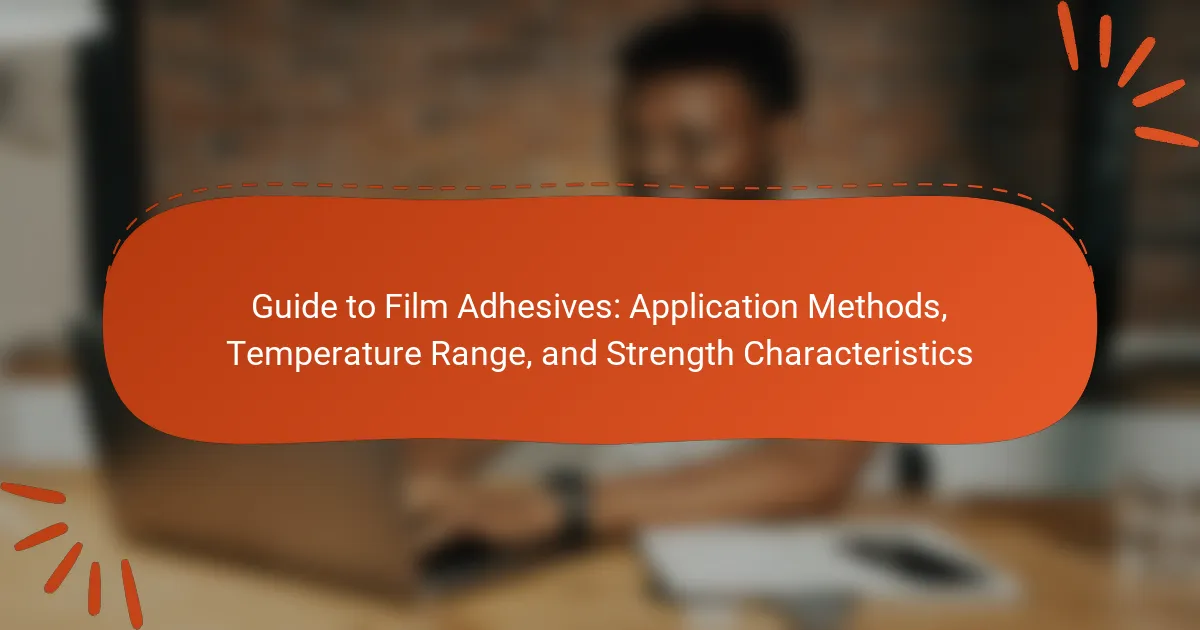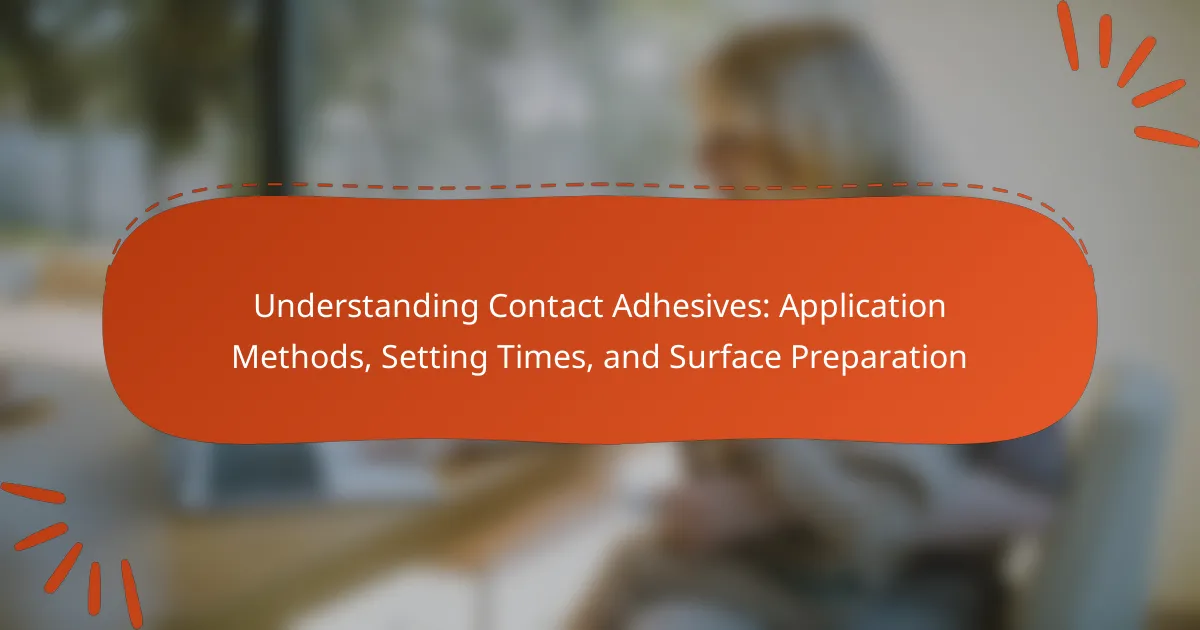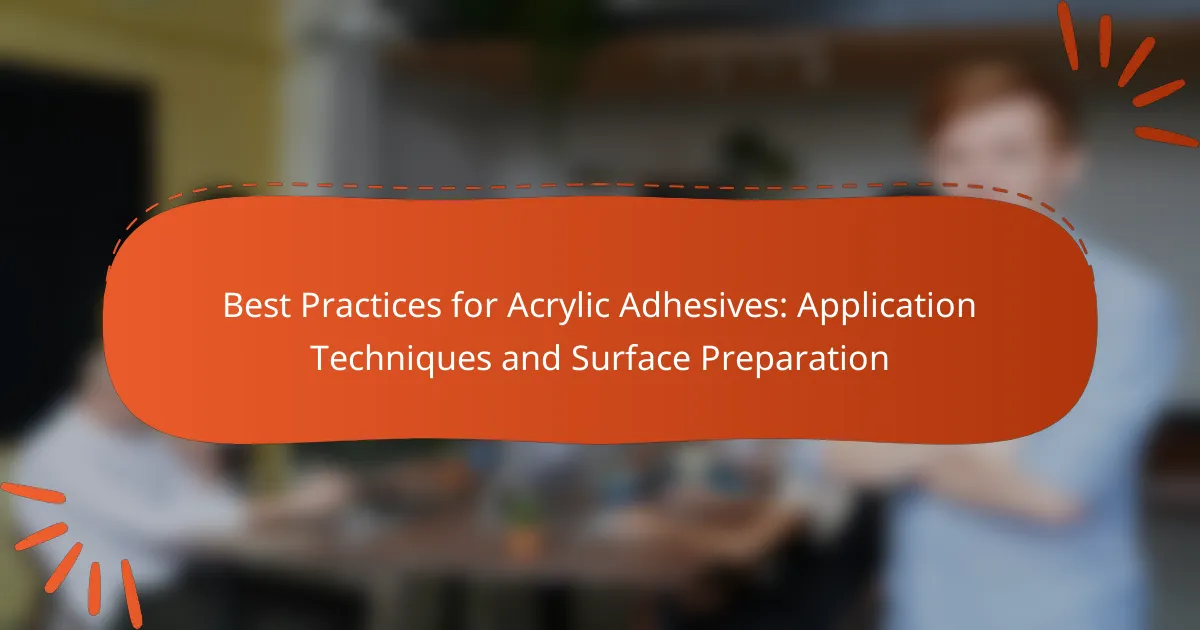Archive Post
Home / Application Methods
Application Methods for Structural Adhesives: Strength, Curing Process, and Use Cases
Structural adhesives are critical for bonding materials in various applications, and their effectiveness is influenced…
Exploring Marine Adhesives: Application Techniques, Waterproofing Properties, and Curing Times
Marine adhesives are specialized bonding agents formulated for use in aquatic environments, designed to endure…
Best Practices for RTV Silicone Adhesives: Application Techniques and Environmental Resistance
RTV silicone adhesives are room temperature vulcanizing silicone compounds that cure at ambient temperatures to…
Overview of Hot Melt Adhesives: Application Techniques, Cooling Times, and Material Compatibility
Hot melt adhesives are thermoplastic materials that bond various substrates when applied in a molten…
Application Techniques for PVA Adhesives: Bonding Properties, Drying Time, and Uses
PVA adhesives, or polyvinyl acetate adhesives, are synthetic polymers recognized for their strong bonding capabilities…
Guide to Film Adhesives: Application Methods, Temperature Range, and Strength Characteristics
Film adhesives are specialized bonding agents that create a thin film layer to join materials,…
Understanding Contact Adhesives: Application Methods, Setting Times, and Surface Preparation
Contact adhesives are a type of adhesive that bond materials instantly upon contact, typically available…
Best Practices for Acrylic Adhesives: Application Techniques and Surface Preparation
Acrylic adhesives, derived from acrylic polymers, are recognized for their strong bonding capabilities and versatility…
Application Methods of Epoxy Adhesives: Types, Advantages, and Curing Times
Epoxy adhesives are robust bonding agents composed of epoxy resin and hardener, widely utilized across…
Exploring Silicone Adhesives: Application Methods, Temperature Resistance, and Flexibility
Silicone adhesives are versatile bonding agents made from silicone polymers, known for their strong adhesion…

